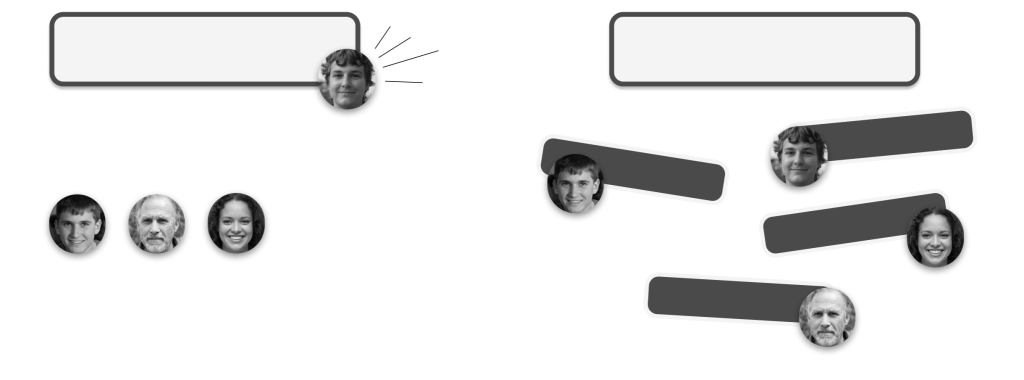In the world of agile development, user stories play a key role.
They help us understand what users really need from our product. Think of user stories as short stories about what users want to do and why it is important for them. This keeps our work focused on adding real value for the people who will use what we build. You can find more information on the related blog post here.

Now, there is a crucial step that comes after we have these user stories: breaking them down into technical tasks. This step is all about turning the big ideas in our user stories into specific, doable tasks that our development team can work on. It is like taking a broad goal and turning it into a checklist of smaller, clear steps. This way, we make sure that every part of our project moves us closer to giving our users what they need.
Understanding the Breakdown Process
After we have our user stories, we need to split them into smaller pieces that our team can actually build. This process involves taking each user story and asking, “What do we need to do to make this happen?”. Take the example of cleaning the kitchen; to actually get going, you should identify the smaller tasks: Do the dishes, empty the trash can, clean the fridge and so on.
Why Breaking Down User Stories Matters
It brings clarity. Breaking down user stories into tasks gives everyone a clear understanding of what needs to be done. it is easier to see how much work is involved and who should do it.
It makes the tasks manageable. Big goals can feel overwhelming. By breaking them into smaller tasks, they become more manageable.

It enables tracking of progress. When you have smaller tasks, it is easier to track your progress. You can see how many tasks you have completed and how close you are to finishing the complete task or user story.
Best Practices for Creating Technical Tasks

Be Specific: Each task should be clear and specific. Instead of “Work on login,” use “Implement form validation.” or “Integrate ‘forgot password’ flow.”
Keep It Small: A task should be small enough that it can be completed in a few hours or at max one day. If it is too big, keep breaking it down until you get there.
Include Acceptance Criteria: For each task, define what defines “done”. This helps the team know when the task is completed as expected.
Top 5 Benefits of Breaking Down Large User Stories
There are several advantages and benefits of breaking tasks down into smaller pieces like: Resource optimisation, learning opportunities, quality improvements and more flexibility, but let’s focus on our top 5:
- Enhanced Collaboration: Smaller tasks enable team members to work together more effectively on different parts of a feature.
- Parallel Workflows: Allows for simultaneous work, speeding up development.
- Enables Communication: Building a feature together leads to more communication within the team.
- Faster Progress: Quicker task completion leads to rapid overall project advancement.
- Risk Mitigation: Early issue detection and resolution prevent major setbacks.
Conclusion
Breaking down user stories into technical tasks is the right step for agile project development. It turns broad user needs into actionable steps, making it easier for teams to work efficiently and stay focused on what users really need.
By following best practices and using the right tools, teams can ensure a smooth process from a user story to a completed feature, delivering value to users with every step.






